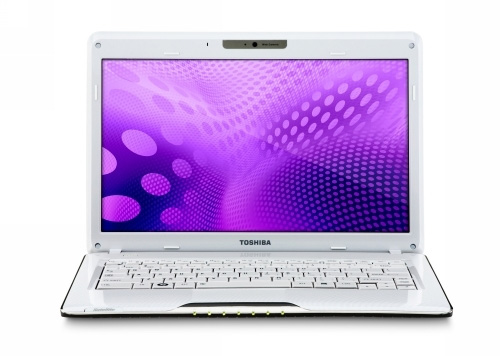
Computer and electronics maker Toshiba is looking to get a jump on the Windows 7 launch hoopla with its new Satellite T100 series of lightweight notebook computers. The systems port Intel’s ultra low-voltage (ULV) processors to offer up to 9 hours of battery life, offer multitouch trackpads and LED-backlit displays, plus pack themselves into cases less than one inch thick and starting off at barely over 3.5 pounds.
“Toshiba has a long history of engineering laptops in highly compact form factors with value-added elements that enhance the mobile computing experience,” said Toshiba America Information Systems VP of product development Carl Pinto, in a statement. “These new ultra-thin laptops reflect the next step in Toshiba laptop innovation, delivering the perfect balance of performance, mobility and style, and broaden our portfolio of ultra-mobile offerings, giving consumers more choice.”
Initially Toshiba is rolling out two models in the T100 line: the T115 and the T135. The T115 offers an 11.6-inch LED backlit display, an Intel Pentium SU4100 or Celeron 743 processors, up to 4 GB DDR3 memory, 100Base-T Ethernet, 802.11b/g/n WiFi wireless networking, a combined USB 2.0/eSATA combo port, an HDMI output, five-in-one memory card reader, and a built-in web cam with face recognition capability. The T135 offer similar specs but steps up to a 13.3-inch widescreen display and packs either a Pentium SU4100 or Pentium SU2700 processor; the T135 also supports up to 8 GB of DDR3 RAM, has two USB 2.0 ports in addition to the USB/eSATA combo port, and packs an option for Bluetooth 2.1+EDR wireless networking. Both systems start off with 250 GB hard drives.

The T100 systems will go on sale October 22 with the release of Windows 7; the T115 will start at $449.99, while the T135 will start at $599.95.
Editors' Recommendations
- Why the Mac Studio offers something Windows PCs can’t compete with
- AMD Ryzen 7 5800X3D scores are in, but don’t trust them yet
- Windows 7 has been dead for a year, but 100 million PCs still use it
- Don’t upgrade from Windows 7. Here’s why you should buy a new laptop instead
- Windows Search is down, but don’t panic. Here’s how to fix it


